When it comes to cooking curry, it can seem like a daunting task. The flavours are complex and layered, the techniques may be unfamiliar to those who primarily cook western cuisine, and the list of ingredients can seem endless. However, don’t let the perception of cooking curry scare you. While it is true that there are certain techniques and ingredients that are essential for creating a delicious curry, it is not as complicated as it may seem. In fact, with a little bit of knowledge and understanding, anyone can confidently cook curry at home. In this article, we will break down the basics of curry and provide you with the foundation you need to start experimenting and creating your own mouthwatering dishes.
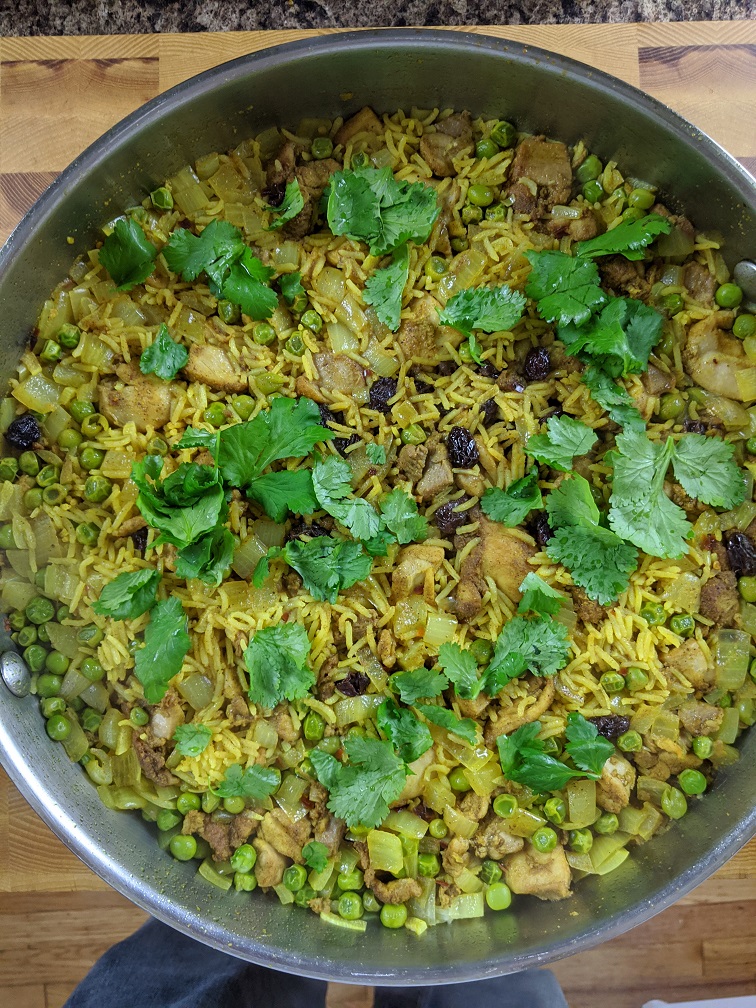
THE BASICS OF CURRY
Is curry always hot?
Contrary to popular belief, not all curries are hot. While it is true that some curries can pack a punch of heat, others have much more subtle and nuanced flavours. The heat level of a curry is often determined by the type and amount of spices and chili peppers used, as well as the personal preferences of the person preparing the dish.
It is important to note that when you are cooking curry at home, you have complete control over the level of heat in your dish. If you prefer a milder curry, you can simply use fewer chili peppers or omit them altogether. On the other hand, if you enjoy a spicier curry, you can increase the amount of chili peppers or add in other spicy ingredients such as fresh ginger or mustard seeds. The choice is entirely up to you, so don’t be afraid to experiment and find the perfect balance of flavours for your taste buds.
While some curries may be hot, it is not a defining characteristic of all curries. You have the power to create a curry that is as mild or as spicy as you like, so don’t be afraid to tailor the dish to your own personal preferences.
Where to begin
Most, if not all, curries start with the same base; ginger, garlic, and onion finely chopped. The ratio I use for this mixture is two parts onion to one part ginger and one part garlic (1 medium-sized onion, 4-5 cloves of garlic, a thumb-sized piece of ginger). Often green chillies will be added to this mixture as well. Consider this mixture as one ingredient rather than three because it is such a common combination. Sauté the onion, ginger, and garlic in a considerable amount of fat. The amount of fat you use depends on a lot of things. I suggest adding as much as you think, then doubling it.
Generally, in western cooking, a cook would use a maximum of 1-2 tsp of oil. Someone cooking curry may use as much as a 1/4 c. We will get into the reason why a little bit later, but this is one of those counterintuitive things I mentioned earlier. The type of oil used is usually different, as well. Depending on where in the world, your curry is coming from the fat used could be ghee (clarified butter), coconut oil, palm oil, or countless other types. When sautéing the onion, ginger, garlic mixture, I prefer moderate heat. Heat any higher, and the risk of burning is too high.
Curry Spices
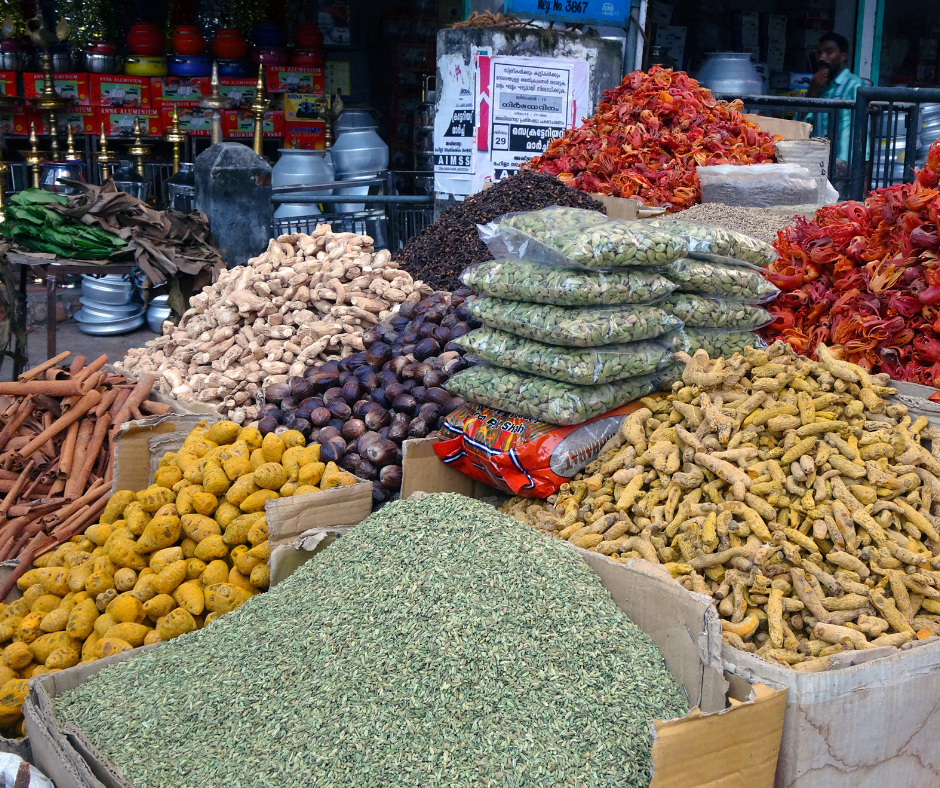
Now that you have a better understanding of how to build the foundation for a curry, let’s talk about the spices. One of the defining characteristics of a curry is the abundance of spices used to create vibrant and impactful flavours. In contrast to western cuisine, which often uses a smaller number of spices, curry relies on a generous amount of spices to bring depth and complexity to the dish.
To add the spices to your curry, start by heating the oil in a pan and then adding the ginger, garlic, and onions. Allow the vegetables to cook for 1-2 minutes until they are fragrant and soft. Then, add the spices and cook for an additional 1-2 minutes, allowing them to open up and release their natural oils. This is an important step, as it helps to bring out the full flavour of the spices and create a deeper, more complex curry.
It is important to note that the spices will absorb the oil if there is not enough present, and they can burn if the oil is too hot. Therefore, it is crucial to pay attention to the temperature of the oil and add enough to ensure that the spices do not burn. By following these steps, you can create a curry that is bursting with flavour and depth.
Curry Powder
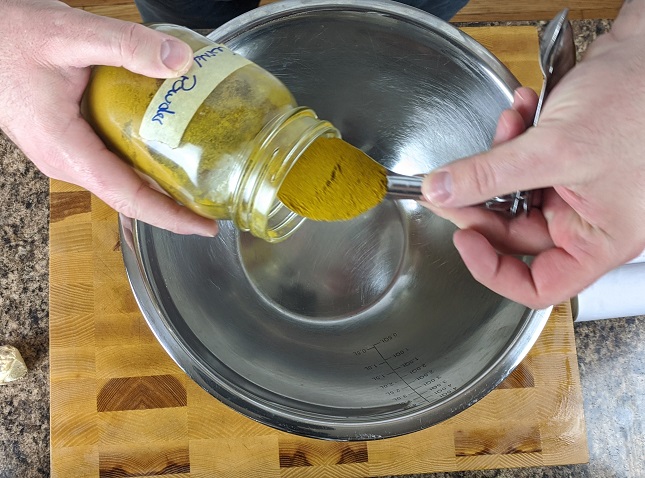
When it comes to adding spices to your curry, you have a few options to choose from. One popular choice is curry powder, which is actually a British invention and not necessarily authentic to Indian cuisine. While curry powder can be used to make some tasty Indian dishes by adding additional spices, it is not the only option and should not be thought of as the be-all and end-all of making curry.
An alternative to curry powder is a spice blend called garam masala, which is more commonly used in authentic Indian cooking. Garam masala is a blend of spices that typically includes cardamom, cumin, coriander, cinnamon, cloves, pepper, nutmeg, and bay leaves. It has a more nuanced flavour than curry powder and can be found in the spice aisle of most grocery stores.
Keep in mind that both curry powder and garam masala can vary significantly from one supplier to the next, so it is important to read the label and choose a blend that aligns with your personal taste preferences. For those who want the most control over the flavour of their curry, making your own spice blend at home is a good option. While curry powder is a good choice if you want to make a westernized version of curry dishes, using a garam masala can provide a more authentic taste. Ultimately, the choice of which spice blend to use will depend on your personal taste preferences and the type of curry you are making.
Ingredients
- 2 tbsp ground cumin
- 2 tbsp ground coriander
- 2 tsp ground turmeric
- 2 tbsp ground cardamom
- 1/2 tsp cinnamon
- 1/4 tsp clove
- 2 tsp ground ginger
- 1/4 tsp cayenne powder
Instructions
- Mix all ingredinets.
- Store in an airtight container for up to three months.
Ingredients
- 10 Cardamom Pods
- 3 tsp coriander seeds
- 3 tsp cumin seeds
- 1 cinnamon stick broken into pieces
- 1 tsp cloves
- 2 tsp black peppercorns
- 1/8 tsp ground nutmeg
- 2 bay leaves
Instructions
- Put the cardamon, coriander, cumin, cinnamon, cloves, and peppercorns in a hot dry pan and toast for 4-5 minutes or until they become very arromatic
- Remove the spices from the pan and cool for a few minutes then put them in a spice grinder with the other ingredinets and grind to a powder.
- Store in an airtight container.
One of the defining characteristics of a curry is that it is typically a braised or stewed dish, which means it requires some kind of liquid in order to create a saucy consistency and help the flavours meld together. When it comes to choosing the liquid for your curry, you have a number of options to choose from. Some common choices include stock, water, coconut milk, or heavy cream. Ultimately, the choice of liquid will depend on your personal taste preferences and the type of curry you are making.
If you decide to use coconut milk or cream in your curry, keep in mind that the high-fat content of these ingredients can diminish the flavours of the spices slightly. To compensate for this, you may need to add 5-10% more of your spice blend to the dish in order to achieve the desired level of flavour.
Regardless of which liquid you choose, it is important to add it in slowly and taste as you go in order to achieve the desired consistency and flavour. Don’t be afraid to experiment and try different combinations to find the perfect balance for your taste buds.
Other Ingredients
In addition to the base, spices, and liquid, there are many other ingredients that you can include in your curry to add flavour, texture, and visual appeal. The specific ingredients you choose will depend on the main ingredient of your curry, as well as your personal taste preferences.
For example, you may choose to add a bit of tomato to your curry, as it can add a touch of acidity and depth to the flavour. If you are making a fish curry, you may want to include bell peppers for added texture and flavour. If you are making a chicken curry, such as butter chicken, you may want to add peas for a pop of colour and a different texture.
The options for additional ingredients are virtually limitless, and you can get creative with what you include. Just be sure to consider how the added ingredients will play off the flavour of the main ingredient and the overall balance of flavours in the dish. If an ingredient doesn’t contribute to the taste, texture, or visual appeal of the curry, it may be best to leave it out.
Conclusion
I hope this article has provided you with the foundation you need to confidently make curry at home. While it may take some practice to get the hang of it, don’t be discouraged if your first attempt isn’t perfect. Keep experimenting and learning as you go, and you will soon be able to create delicious and complex curries with ease. Remember, when you break it down and look at the various components individually, making curry is not as complicated as it may seem. So go ahead and give it a try! With a little bit of practice, you will be making mouthwatering curries on a regular basis.

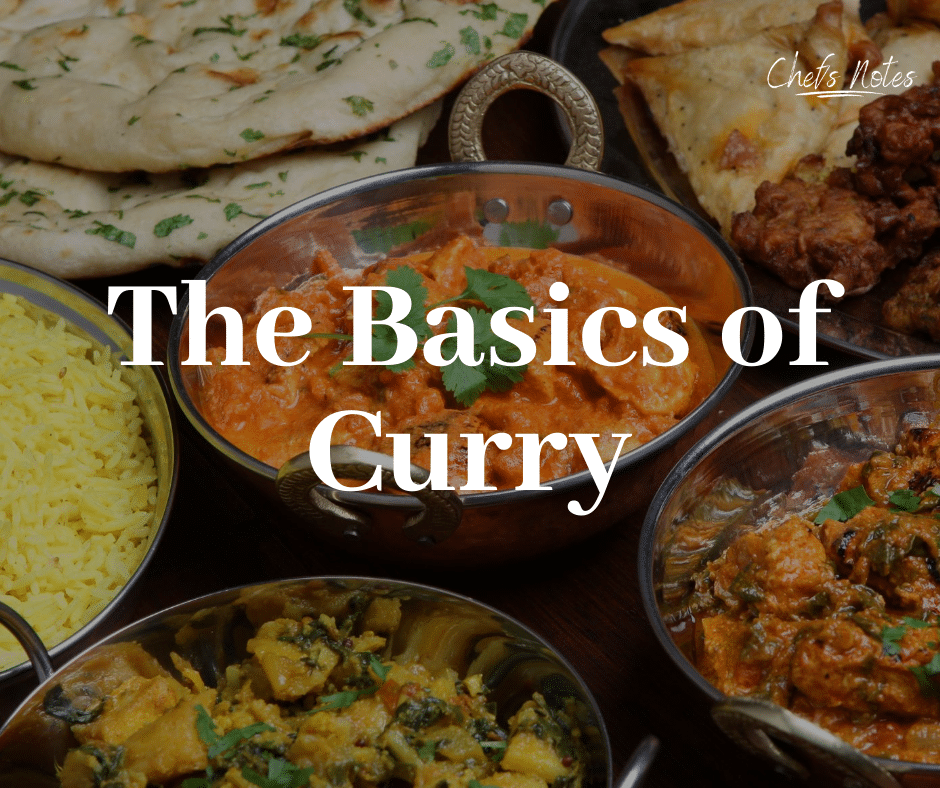
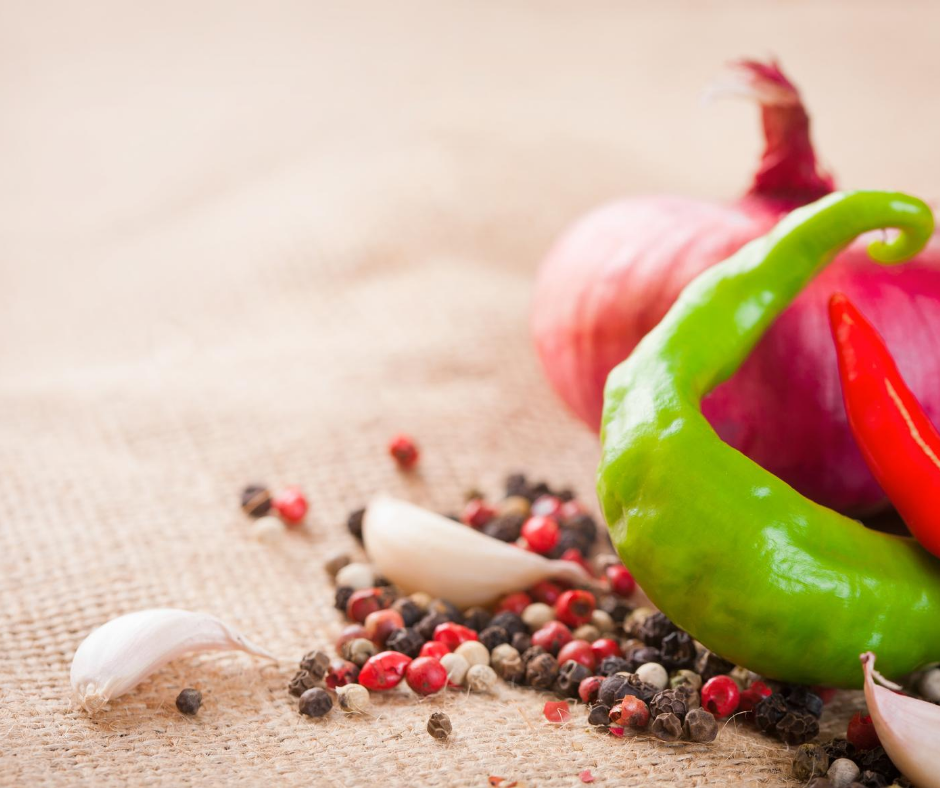
0 Comments
Trackbacks/Pingbacks